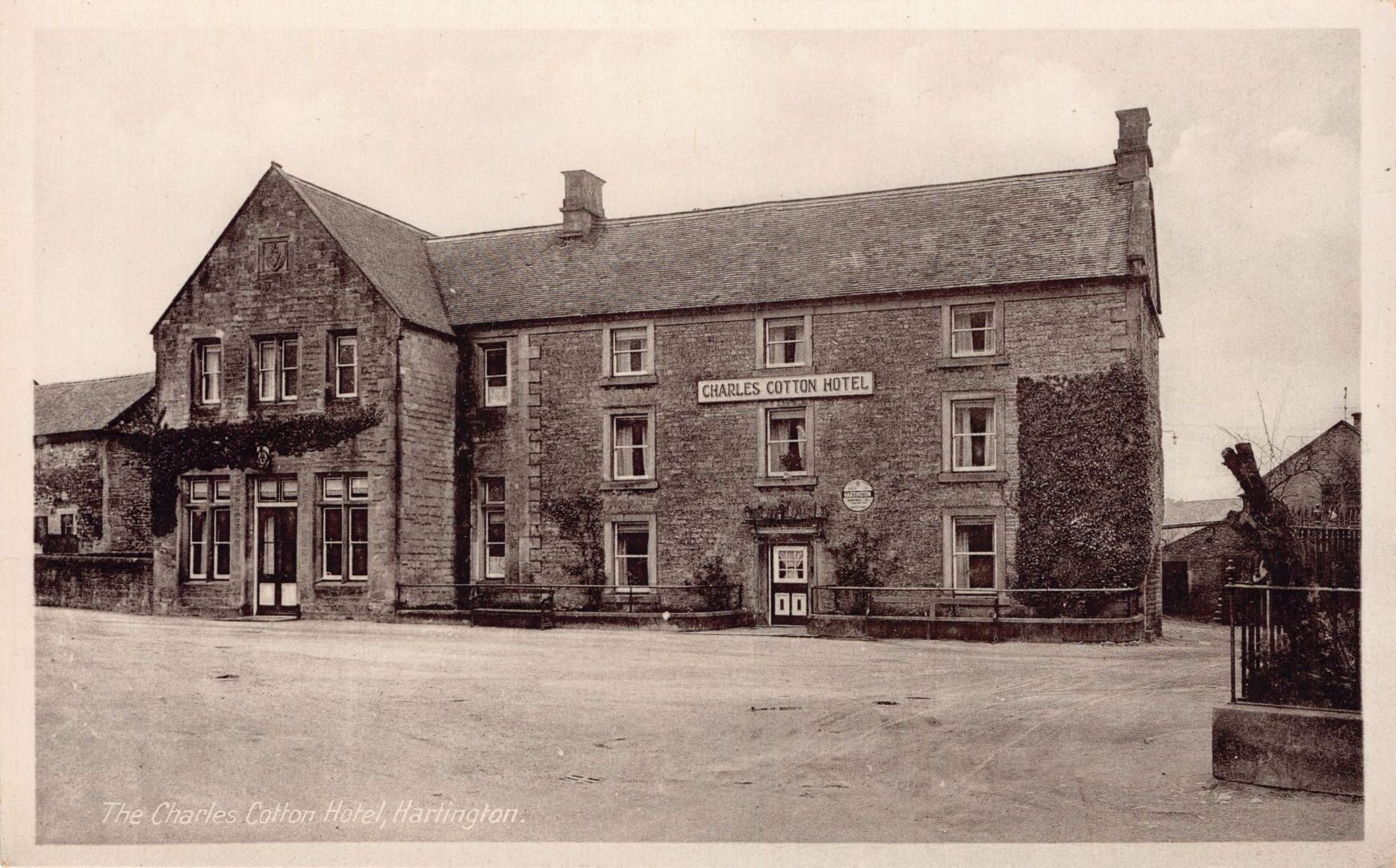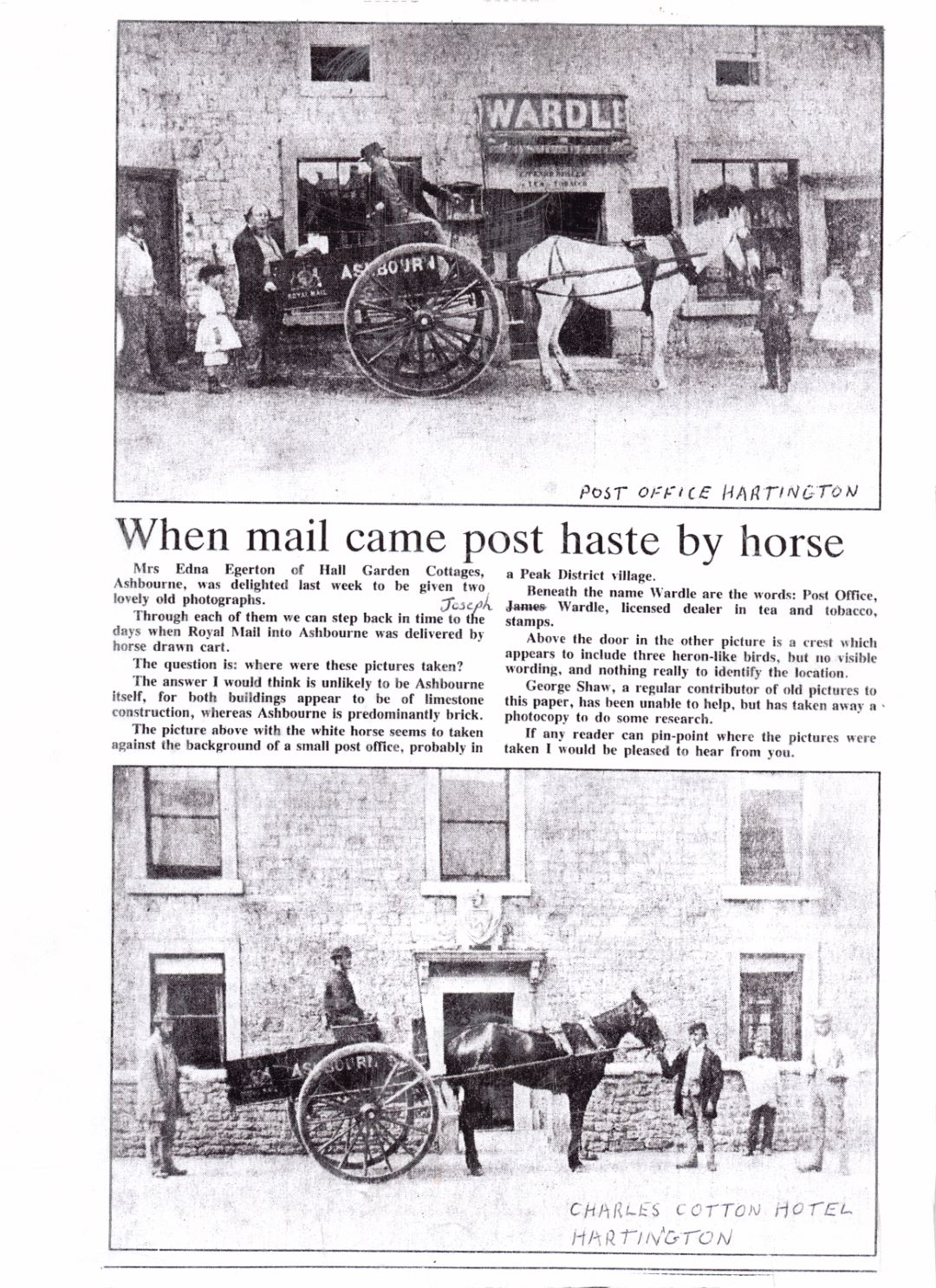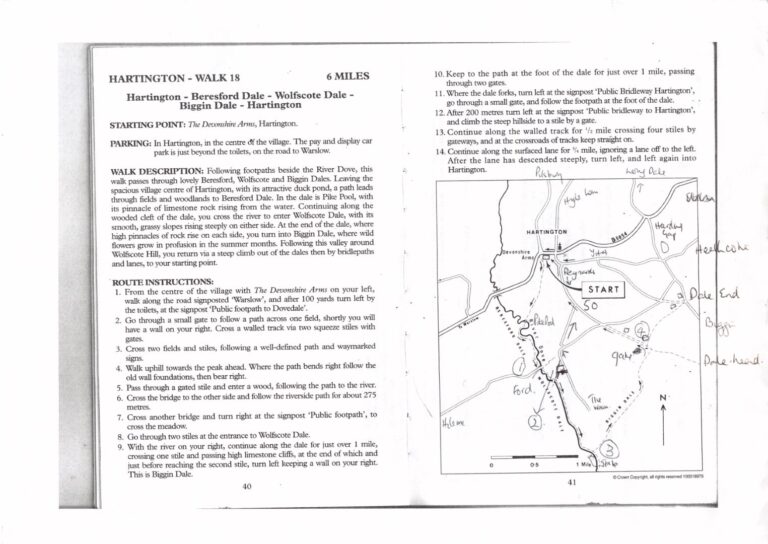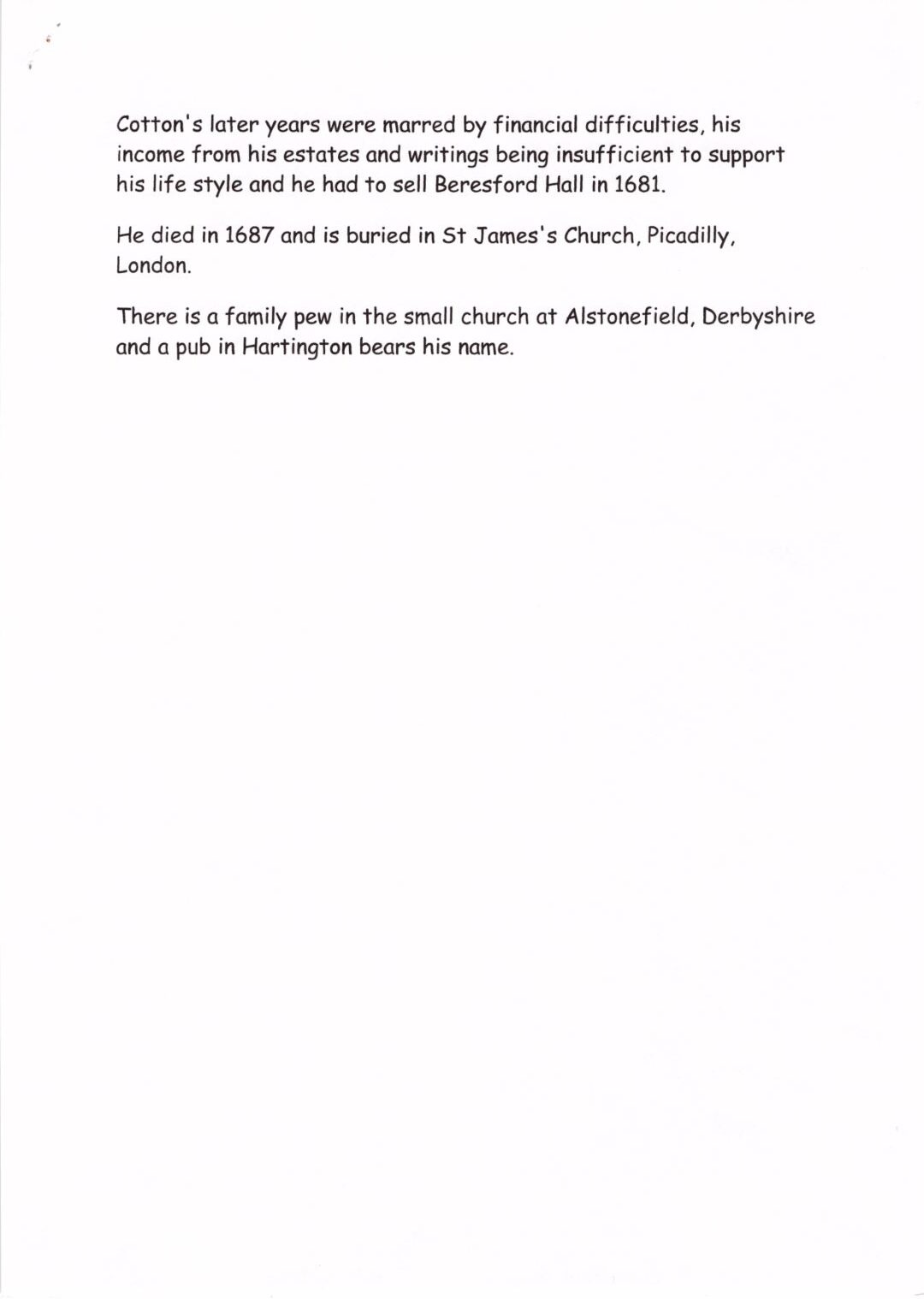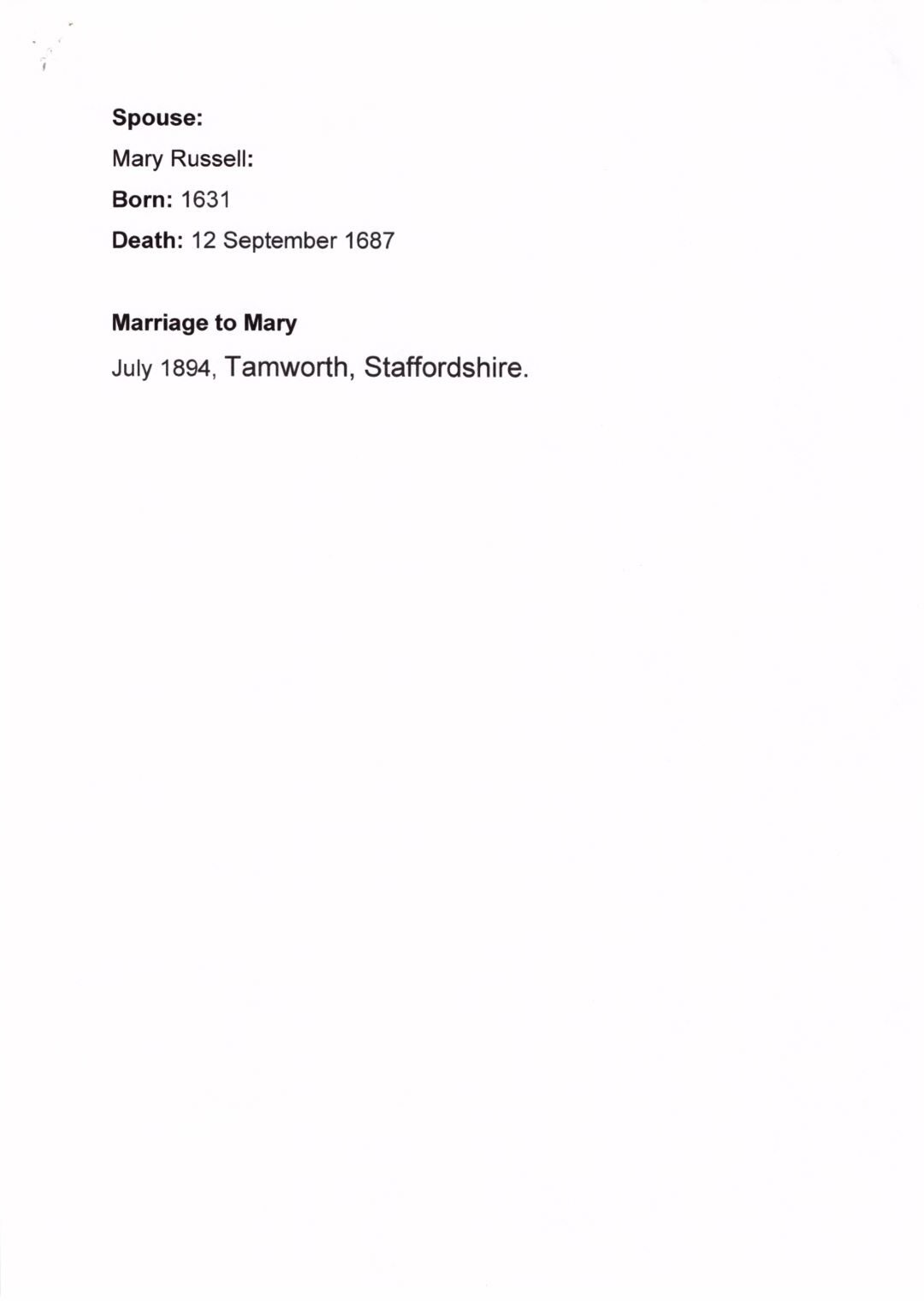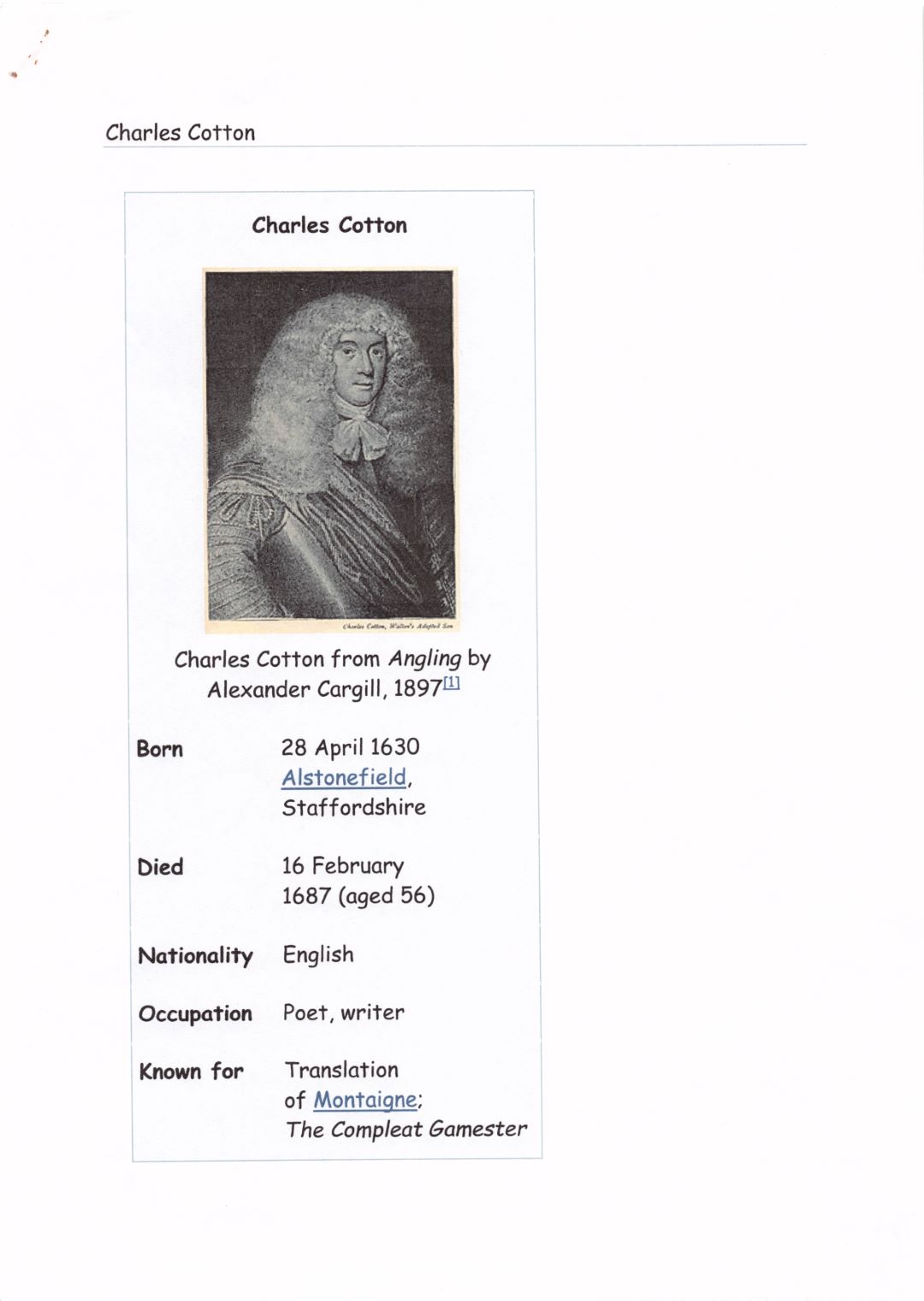Charles Cotton Hotel
Charles Cotton (28 April 1630 – 16 February 1687) was an English poet and writer, best known for translating the work of Michel de Montaigne from the French, for his contributions to The Comgleat Angler, and for the influential The Compleat Gamester^ attributed to him.
Early life
He was born in Alstonefield, Staffordshire, at Beresford Hall, near the Derbyshire Peak District. His father, Charles Cotton the Elder, was a friend of Ben Jonson, John Selden, Sir Henry
Wotton and Izaak Walton. The son was apparently not sent to university, but was tutored by Ralph Rawson, one of the fellows ejected from Brasenose College, Oxford, in 1648. Cotton travelled in France and perhaps in Italy, and at the age of twenty-eight he succeeded to an estate greatly encumbered by lawsuits during his father’s lifetime. Like many Royalist gentlemen after the English Civil War the rest of his life was spent chiefly in quiet country pursuits, in Cotton’s case in the Peak District and North Staffordshire. His Voyage to Ireland in Burlesque (1670) states that he held a Captain’s commission and served in Ireland.
Fishing
His friendship with Izaak Walton began about 1655, and contradicts any assumptions about Cotton’s character based on his coarse burlesques of Virgil and Lucian Walton’s initials, made into a cipher with Cotton’s own, were placed over the door of Cotton’s fishing cottage on the Dove near Hartington. Cotton contributed a second section “Instructions how to angle for a trout or grayling in a clear stream”, to Walton’s The Complegt Angler^ the additions consisted of twelve chapters on fishing in clear water, which he understood largely but not exclusively to be fly fishing. Another addition to the volume was Cotton’s well-known poem “The Retirement”, which appeared from the 5th edition onwards.
Marriages
In 1656 he married his cousin Isabella Hutchinson, the daughter of Charles Hutchinson, M.P. for Nottingham. She was a half-sister of Col. John Hutchinson; They had one child, Catherine Cotton, who married Sir Berkeley Lucy, 3rd Baronet. Isebella (Hutchinson) Cotton, died in 1670. At the request of his wife’s sister, Miss Stanhope Hutchinson, he undertook the translation of Pierre Corneille’s Horace in 1671. In 1675, he married the dowager Countess of Ardglass; she had a jointure of £1500 a year, but he did not have the power to spend it.
Charles Cotton’s Fishing House built in 1674) on the Banks of the River Dove. Cotton lived in nearby Beresford Hall and practised his sport on the troutand grayling of the River Dove.
Writings
The 1674 first edition of The Complegt Gamester is attributed to Cotton by publishers of later editions, to which additional, postCotton material was added in 1709 and 1725, along with some updates to the rules Cotton had described earlier. The book was considered the “standard” English-language reference work on the playing of games – especially gambling games, and including billiards, card games, dice, horse racing and cock fighting, among others – until the publication of Edmond Hoyle’s Mr. Hoyle’s Games Complete in 1750, which outsold Cotton’s then-obsolete work.1^1
At Cotton’s death in 1687 he was insolvent and left his estates to his creditors. He was buried in St James’s Church, Piccadilly, on 16 February 1687.
Cotton’s reputation as a burlesque writer may account for the neglect with which the rest of his poems have been treated. Their excellence was not, however, overlooked by good critics. Coleridge praises the purity and unaffectedness of his style in Biographic Literaria, and Wordsworth (Preface, 1815) gave a copious quotation from the “Ode to Winter”. The “Retirement” is printed by Walton in the second part of the Compleat Angler.
He was a Derbyshire man who loved the Peak District and wrote a long topographic poem describing it: his father had moved there from the south of England, to live on his wife’s estates. In Cotton’s day, in the decades after the Civil War, the inaccessibility of good fishing spots was physical as well as legal. The opening chapters of his section of the Compleat Angler draw Cotton and his friend across a savage and mountainous landscape. The friend, who will be taught fly-fishing, expresses doubt as to whether they are still in Christendom:
“What do I think? Why, I think it is the steepest place that ever sure men and horses went down; and that, if there be any safety at all, the safest way is to alight…” says the pupil. After he picked his way down, they reach a bridge. “Do you … travel with wheelbarrows in this country” he asks. “Because this bridge certainly was made for nothing else; why, a mouse can hardly go over it: it is not two fingers broad.”
They come at length to the sheltered valley in which stands Cotton’s house and fishing hut. It is the first description of paradise in fishing history. “It stands in a kind of peninsula, with a delicate clear river about it.” There Cotton and his friend breakfast on ale and a pipe of tobacco to give them the strength to wield their rods. For a trout river, he says, a rod of five or six yards should be long enough. In fact, “longer, though never so neatly and artif icially made, it ought not to be, if you intend to fish at ease”.
Though he used a light line of carefully tapered horse-hair, Cotton’s rod, of solid wood, was heavy. His description of the sport differs from modern fly-casting, which began with the arrival of heavy dressed-silk lines 200 years later. On windy days, he advises his guest to fish the pools because in the rapids, where the gorge of the Dove is narrower, the wind will be too strong for fishing.
“I have in this very river that runs by us, in three or four hours taken thirty, five and thirty, and forty of the best trouts in the river.” And he concludes his advice with a note of earthy practicality not to be found as the sport becomes more refined: a recipe for fresh trout boiled with beer and horseradish. It is excellent, by the way.
Cotton loved nothing more than that his friends should share his delight. In the gorge of the bove he had a private garden “with a delicate clear river about it” where the world was reduced to its simplest and best essentials.
His masterpiece in translation, the Essays of M. de Montaigne (1685-1686,1693,1700, etc.), has often been reprinted, and still maintains its reputation; his other works include The Scarronides, or Virgil Travestie (1664-1670), a gross burlesque of the first and fourth books of the Aeneid, which ran through fifteen editions; Burlesque upon Burlesque,… being some of Lucian’s Dialogues newly put into English fustian (1675); The Moral Philosophy of the Stoicks (1667), from the French of Guillaume du Vair; The History of the Life of the Duke d’Espernon (1670), from the French of G Girard; the Commentaries (1674) of Blaise de Montluc; the Planter’s Manual (1675), a practical book on arboriculture, in which he was an expert; The Wonders of the Peake (1681); the Compleat Gamester and The Fair one of Tunis, both dated 1674, are also assigned to Cotton.
Here is Cotton’s epitaph for “M.H.”, a prostitute (spacing, spelling and capitalisation as originally printed):
Epitaph upon M.H
In this cold Monument lies one, That I know who has lain upon, The happier He : her Sight would charm, And Touch have kept King bavid warm. Lovely, as is the dawning East,
Was this Marble’s frozen Guest; As soft, and Snowy, as that Down Adorns the Blow-balls frizled Crown; As straight and slender as the Crest, Or Antlet of the one beam’d Beast; Pleasant as th’ odorous Month of May : As glorious, and as light as bay .
Whom I admir’d, as soon as knew, And now her Memory pursue With such a superstitious Lust, That I could fumble with her bust.
She all Perfections had, and more, Tempting, as if design’d a Whore , For so she was; and since there are Such, I could wish them all as fair.
Pretty she was, and young, and wise, And in her Calling so precise, That Industry had made her prove The sucking School-Mistress of Love : And beath , ambitious to become Her Pupil , left his Ghastly home, And, seeing how we us’d her here, The raw-bon’d Rascal ravisht her.
Who, pretty Soul, resign’d her Breath, To seek new Letchery in beath.
Charles Cotton Esq
Born: 28 April 1630, Beresford Hall
Baptised: 31 October 1630, St Olave, Old Jewry, London
Death: 16 February 1687, Beresford Hall
Burial: Piccadilly, London
Parents:
Father: Charles Cotton 1605 – 1658
Mother: Olive Stanhope 1608 -1651
Spouse:
Isabella Hutchinson
Born: 1835, Owthorpe, Nottingham
Death: 1670, Beresford Hall
Marriage to Isabella
30 June 1656, St Mary’s, Nottingham
Children:
Olive: 1657- 1707
Beresford: 1659 –
Isabella: 1660 –
Wingfield: 1662-
Catherine: 1664 – 1740
Charles: 1665 –
Jane:1667-
Spouse:
Mary Russell:
Born: 1631
Death: 12 September 1687
Marriage to Mary
July 1894, Tamworth, Staffordshire.
Charles Cotton 1630-1687
Charles Cotton, English writer, angler and friend of Izaak Walton, was born in 1630 in Beresford, on the Staffordshire, Derbyshire border. His mother was Olive, daughter of Sir John Stanhope of Elvaston, Derbyshire and his father a wealthy landowner with many literary connections.
He was well educated, with a good knowledge of French, Italian as well as the classics, but it unsure as to whether he went to Cambridge.
In 1656 Cotton married Isabella Hutchinson, daughter of Sir Thomas Hutchinson of Owthorpe, Notts. Two years later his father died, leaving him the considerable estates at Beresford and Bentley. The River Dove flows through Beresford Dale and it is here that he learnt to fly fish and possibly where he met up with Izaak Walton who befriended him for many years.
In 1664 he published a burlesque titled Scarronicles, which became a popular work which ran into 14 editions.
His wife died in 1670, leaving him 3 sons and 5 daughters. He remarried in 1675 to Mary Russell, daughter of Sir William Russell, and widow of the Earl of Ardglass.
He spent a great deal of time fishing with Izaak Walton and together they built a fishing temple on the banks of the River Dove in Beresford Dale near Hartington, bearing the inscription Piscatoribus Sacrum. The temple still stands, on private land.
Two years later he wrote the celebrated second part of Walton’s 5th edition of ‘The Compleat Angler’. The work was the first detailed treatice on fly-fishing.
He also wrote ‘The Wonders of the Peake’, a long topographical poem popular in the 18th century. This and his other poetry, published posthumous reflect Cotton’s enjoyment of life.
Cotton’s later years were marred by financial difficulties, his income from his estates and writings being insufficient to support his life style and he had to sell Beresford Hall in 1681.
He died in 1687 and is buried in St James’s Church, Piccadilly, London.
There is a family pew in the small church at Alstonefield, Derbyshire and a pub in Hartington bears his name.







